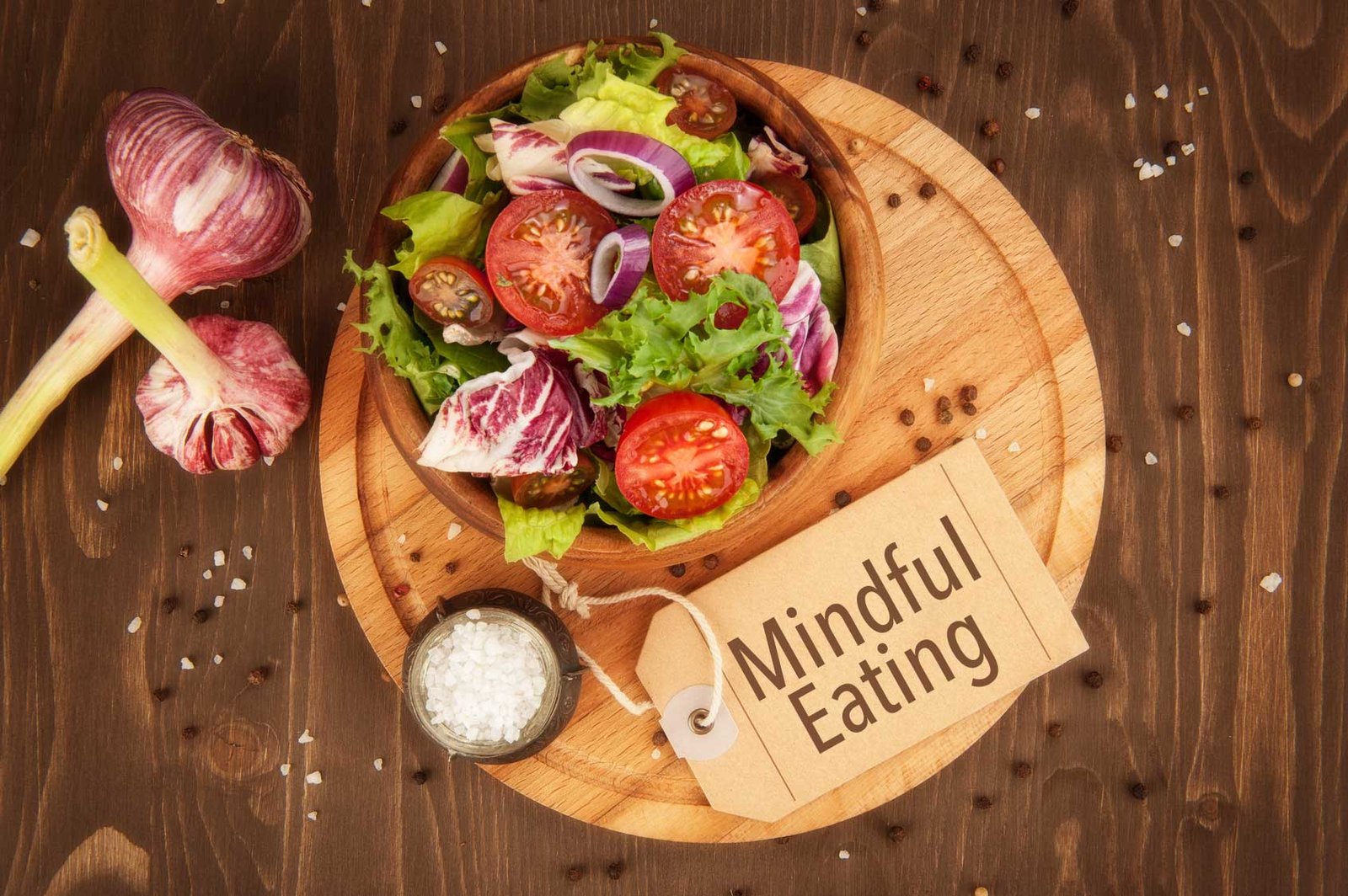|
Getting your Trinity Audio player ready...
|
In our fast-paced world, where multitasking has become the norm and meals are often rushed affairs, the concept of mindful eating has emerged as a beacon of balance. Cultivating mindful eating is not just a trend; it’s a transformative approach to nourishing both the body and mind. This article delves into the principles of mindful eating, exploring its benefits and offering practical tips to incorporate this mindful practice into your daily life.
Understanding Mindful Eating
Mindful eating is not merely about what you eat, but also about how you eat. It involves paying full attention to the sensory experience of eating, savoring each bite, and cultivating a heightened awareness of the body’s hunger and fullness cues. By being fully present during meals, individuals can break free from the autopilot mode of eating and foster a deeper connection with their food.

The Mind-Body Connection
Moreover, at the core of mindful eating is the acknowledgment of the mind-body connection. Research suggests that when we eat mindfully, we become attuned to our body’s signals, leading to improved digestion and nutrient absorption. Moreover, the act of slowing down and savoring each morsel promotes a sense of satisfaction, reducing the likelihood of overeating. It’s not just about what’s on the plate; it’s about the holistic experience of nourishing both body and mind.
Breaking the Habit of Emotional Eating
Mindful eating serves as a powerful tool to break the cycle of emotional eating. Instead of turning to food as a response to stress or boredom, individuals practicing mindful eating become adept at recognizing their emotional triggers. This heightened awareness empowers them to make conscious choices about whether to eat, what to eat, and how much to eat, fostering a healthier relationship with food and emotions.
The Role of Mindful Awareness
To add on, mindful awareness, a cornerstone of this practice, involves being fully present without judgment. As you sit down to a meal, take a moment to observe the colors, textures, and aromas of your food. Engage your senses fully, allowing each bite to unfold gradually. By doing so, you not only enhance the pleasure of eating but also develop a profound appreciation for the origins and journey of your food from farm to plate.
The Pleasure of Eating Mindfully
Additionally, one of the joys of mindful eating is rediscovering the pleasure of eating. In a society obsessed with diets and restrictions, mindful eating encourages a non-restrictive approach to food. When you eat mindfully, no food is off-limits. It’s about enjoying your favorite dishes in moderation, savoring the flavors, and appreciating the nourishment they provide. This balanced approach fosters a positive relationship with food, free from guilt and deprivation.
Practical Tips for Mindful Eating
Incorporating mindful eating into your routine doesn’t require a complete overhaul of your lifestyle. Simple yet impactful changes can pave the way for a more mindful approach to meals. Start by creating a dedicated eating environment, free from distractions like phones or television. Chew your food slowly, savoring each bite, and pay attention to your body’s hunger and fullness signals. These small adjustments can yield significant benefits over time.
Mindful Eating in a Modern World
In addition, as we navigate the demands of our modern lives, the importance of mindful eating becomes even more pronounced. The prevalence of fast food and hectic schedules has contributed to a disconnect between individuals and the food they consume. Mindful eating serves as a remedy, helping us reestablish a mindful relationship with the food on our plates and, by extension, with our own bodies.
Cultivating Mindful Habits
Furthermore, like any other practice, mindful eating requires cultivation. It’s not a quick fix but a gradual transformation that unfolds with consistent effort. Regular mindfulness exercises, such as meditation or deep breathing before meals, can further enhance your ability to stay present and attuned during eating. By making mindful eating a habit, you embark on a journey towards greater well-being, both physically and mentally.
Conclusion
In conclusion, in a world that often glorifies speed and efficiency, the art of mindful eating stands as a counterbalance. Hence, inviting us to savor the simple act of nourishing our bodies. By embracing this practice, we not only foster a healthier relationship with food but also cultivate a deeper connection with ourselves. Mindful eating is more than a technique; it’s a holistic approach to living that can bring about positive and lasting changes in both body and mind. So, slow down, savor each bite, and embark on a journey of mindful eating to nourish your body and soul.
You May Find This Information Useful:
The Culinary Haven: Exploring badhappypoutineshop.com







